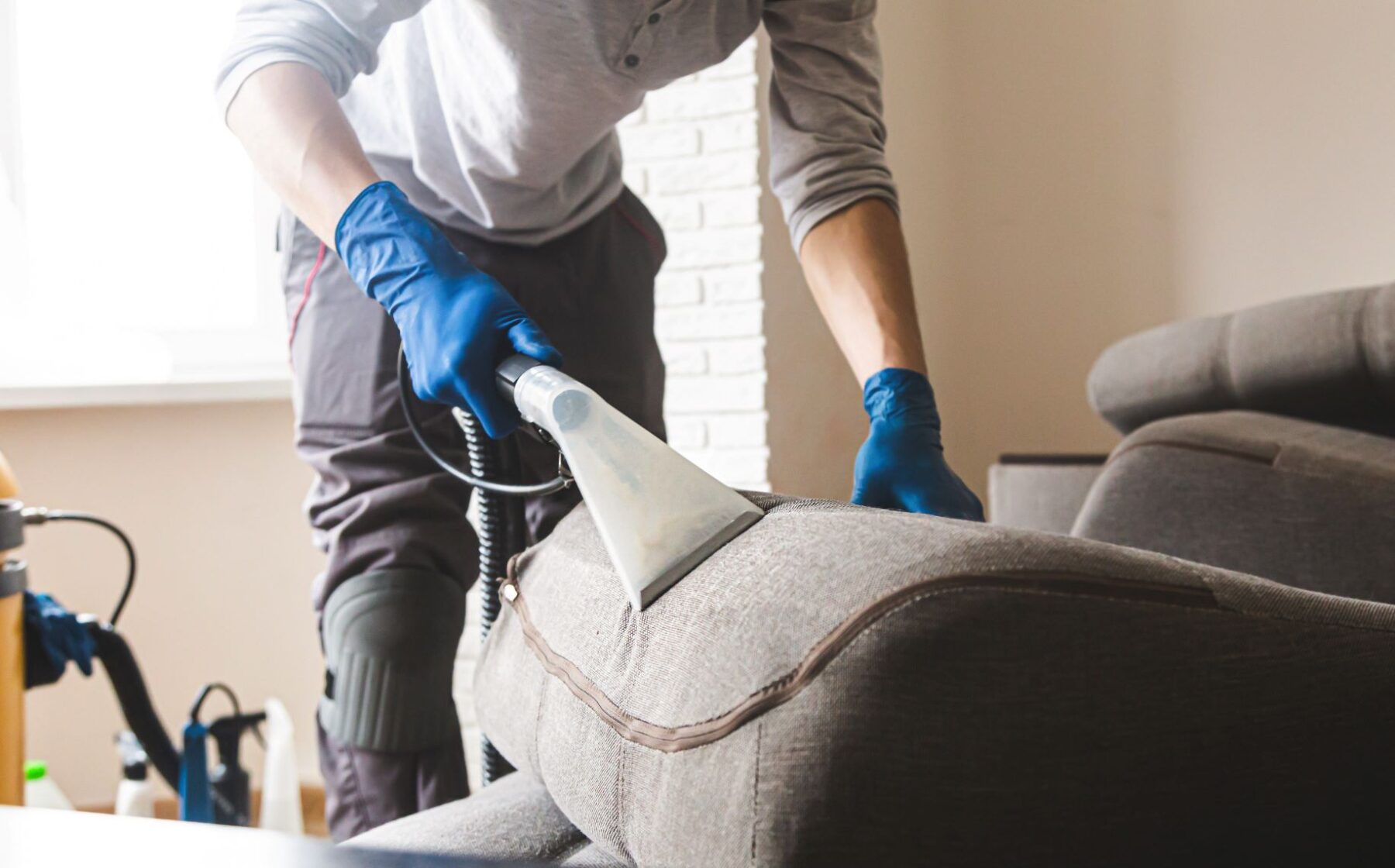Physical Address
304 North Cardinal St.
Dorchester Center, MA 02124
To clean used furniture and prevent bed bugs, vacuum all surfaces and crevices thoroughly, then wipe with a damp cloth and gentle detergent. Ensuring that used furniture is free from bed bugs is essential to maintain a healthy and pest-free home environment.
When bringing second-hand furniture into your home, it’s crucial to clean and inspect it properly to prevent the spread of bed bugs. This quick guide will provide you with simple and effective ways to clean used furniture and avoid any potential bed bug infestations.
By following these tips, you can enjoy your newly acquired furniture without any worries about unwanted pests.

Credit: bedbugbbq.com
When buying used furniture, inspecting it for signs of bed bugs and other pests is crucial to prevent infestations in your home. This step is essential, as bringing in infested furniture can lead to a full-blown bed bug problem. Below, we'll cover how to inspect used furniture to identify signs of bed bugs and other pests or issues.
When inspecting used furniture for bed bugs, it's important to look for specific signs that may indicate an infestation. These can include:
Aside from bed bugs, it's also essential to inspect the furniture for other pests or issues that could affect its usability and safety. When examining the furniture, pay attention to:
Pre-cleaning preparations are essential when dealing with used furniture to prevent bed bugs from infiltrating your home. These steps help ensure that your cleaning process is effective and thorough, providing you with the peace of mind that your space is bed bug-free.
Before you begin the cleaning process, gather the necessary supplies to effectively tackle the task at hand. You will need:
Designate a specific area where you will clean the used furniture, preferably outdoors if weather permits. This will reduce the likelihood of bed bugs spreading to other areas of your home. Follow these steps:
When cleaning used furniture to prevent bed bugs, following a thorough Cleaning Process is crucial. Vacuuming the furniture and Disinfecting and treating the surfaces are key steps in this process.
Start by vacuuming all surfaces of the furniture, including seams, crevices, and upholstery, using a nozzle attachment. Dispose of the vacuum bag immediately after cleaning to prevent bed bugs from spreading.
:max_bytes(150000):strip_icc()/clean-and-disinfect-used-furniture-2878998-05-e2555a727e6943c1976d497f9ca760ac.jpg)
Credit: www.thespruce.com
When it comes to dealing with upholstered furniture, it is important to take extra precautions to prevent bed bugs from infesting your home. Upholstered furniture, such as sofas, chairs, and mattresses, can provide the perfect hiding place for these nasty pests. In this section, we will explore two effective methods for cleaning upholstered furniture and keeping bed bugs at bay.
Steam cleaning is a powerful method for eliminating bed bugs and their eggs from upholstered furniture. The high temperature of the steam kills the pests on contact, while also sanitizing the fabric.
Steam cleaning is an effective and chemical-free way to rid your upholstered furniture of bed bugs. However, it may not eliminate an infestation completely if the pests have spread to other areas of your home.
Another important step in preventing bed bugs on upholstered furniture is to use bed bug covers or encasements. These protective covers act as a barrier, preventing bed bugs from reaching the fabric and making it easier to detect and treat any infestations.
When choosing a bed bug cover or encasement, opt for one that is specifically designed for upholstery. These covers are usually thicker and more durable than regular mattress covers, ensuring maximum protection.
To effectively use bed bug covers or encasements, follow these steps:
By using bed bug covers or encasements, you can safeguard your upholstered furniture and prevent these troublesome pests from infesting your home.
To prevent bed bugs when cleaning used furniture, it’s important to follow proper disposal guidelines. Start by carefully inspecting the item for any signs of infestation, and then thoroughly vacuum and steam clean it to eliminate any potential bugs or eggs.
Use a stiff brush to scrub the furniture’s crevices, and encase it in a protective cover to prevent future infestations.
Proper disposal of infested furniture is crucial in preventing the spread of bed bugs to other areas of your home. It’s important to know when to discard furniture and how to dispose of infested items to effectively eliminate the bed bug problem. Here’s what you need to understand about disposal guidelines.Furniture shopping can be exciting, but it’s essential to take precautionary measures when bringing used furniture into your home.
1. Inspect furniture thoroughly before purchasing.
2. Vacuum and clean furniture before bringing it indoors.
3. Use protective covers on furniture to prevent bed bugs from infesting.
1. Regularly vacuum and clean your home, paying attention to cracks and crevices.
2. Declutter regularly to minimize hiding spots for bed bugs.
3. Wash and dry bedding and linens on high heat to kill any potential bugs.

Credit: bedbugbbq.com
Incorporating these cleaning tips can help ensure your used furniture remains bed bug-free. Regularly inspect and sanitize items to maintain a healthy living environment. By taking preventive measures, you can enjoy your furniture without the worry of bed bug infestations.
Keep your space safe and enjoyable for all!